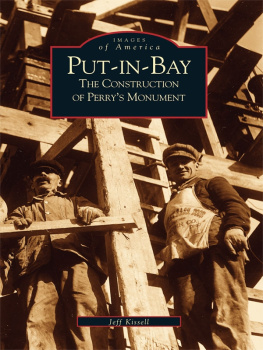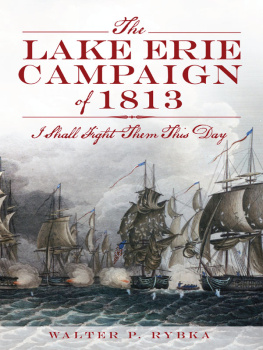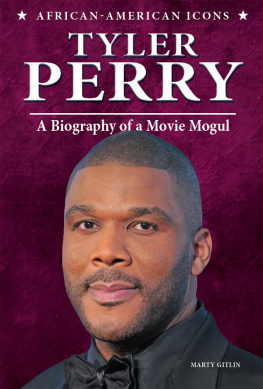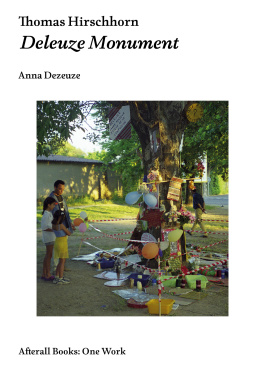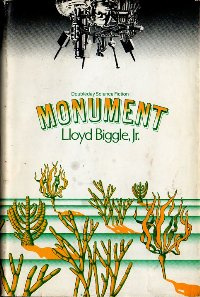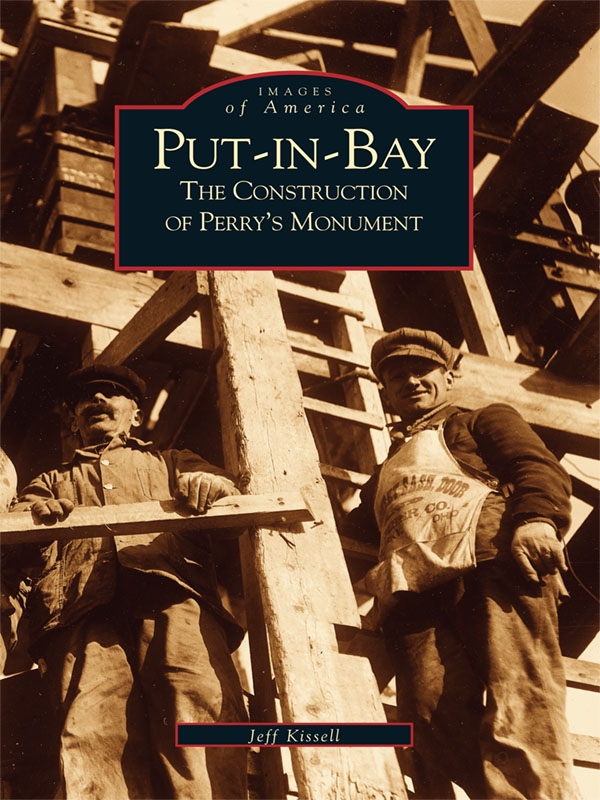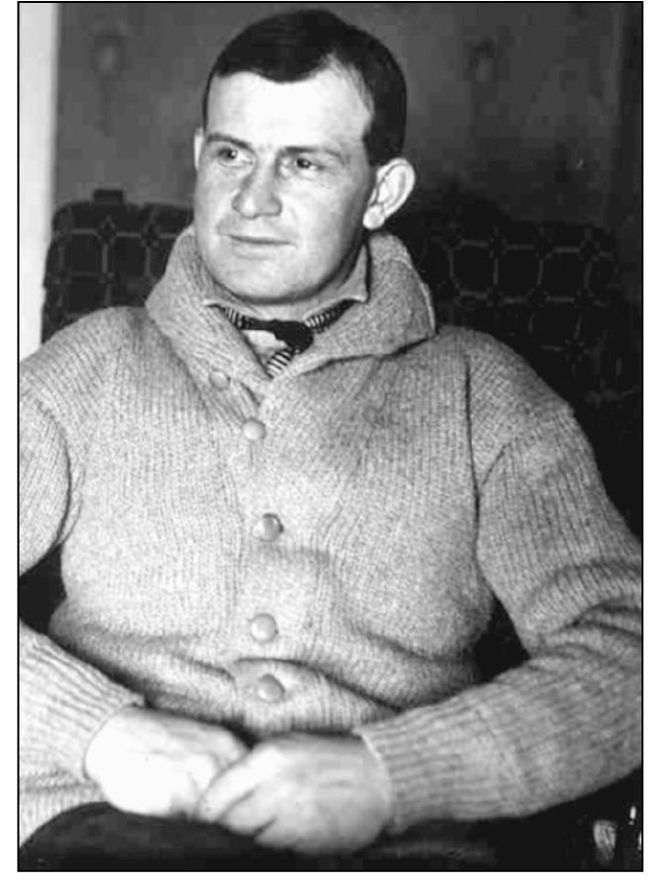ACKNOWLEDGMENTS
M any people provided technical assistance and gave criticism that helped me to finally complete this work and reconfirm my lacking writing abilities. For their help and advice, I would like to thank the following individuals: Craig Whitmore, for spending many hours on guidance and ongoing reviews; Gerry Altoff, for eye-opening criticism; and Amy Newell, for taking time to advise. Other people whose help on this project I appreciate include: Phyllis Ewing, Ralph Moore, and Sue Judis, park curator, for authorizing the images I used.
I would also like to thank staff members and people who aided and provided information and photographs for this book.
Many gave me encouragement and enthusiasm, both ongoing and in passing, to continue this work, and I appreciate their words. There are also many others who helped in various ways, but they are too numerous to mentionfor this, I apologize. I am simply glad to have had the opportunity to work on this project.
PICTURE CREDITS
- I. Stuart, Gilbert and Jane, Commodore Oliver Hazard Perry , 181828, oil on panel, 2 6 5/8 x 21 3/4 in. (67.7 x 55.3 cm), The Toledo Museum of Art, Toledo, Ohio, Gift of Florence Scott Libbey, Acc. No. 1967.140.
- II. The Ohio Architect and Builder , February 1906, p. 41.
- III. The American Architect , February 21, 1912. Vol CI. No. 1887.
- IV. Rare and Manuscript Collections, Cornell University Library.
A ll other photos in this book are courtesy of the National Park Service, Perrys Victory and
International Peace Memorial, Herbster/Jennings Collection, PEVI 142.
Diagrams in this book are courtesy of the National Park Service, Perrys Victory and International
Peace Memorial. Any others are so noted.
APPENDIX I
About the Photographer
G. Otto Herbster (18811968) was an established photographer at Put-in-Bay. A prominent island photographer, he was contracted by the Interstate Board of the Perrys Victory Commission to make a photographic record of the construction of the Perrys Victory and International Peace Memorial.
APPENDIX II
Facts and Specifications of Perrys Victory and International Peace Memorial
- WORLDS LARGEST GREEK DORIC COLUMN:
| Height above lake level | 352 feet (107 meters) |
| Height of parapet above lake level | 317 feet (96 meters) |
| Height above Upper Plaza | 340 feet (104 meters) |
| Height of parapet above Upper Plaza | 305 feet (93 meters) |
| Size of parapet | 47 feet 6 inch square (9 meters) |
| Column diameter at base | 45 feet (14 meters) |
| Column diameter at top | 35 feet 6 inches(11meters) |
| Inside well of column | 27 feet 6 inches (9 meters) |
| Wall thickness at base | 9 feet 4 inches (3 meters) |
| Wall thickness at top | 4 feet (1.3 meters) |
| Granite block size at base | 5 tons |
| Granite block size at top | 2 tons |
- CONSTRUCTED FROM OCTOBER, 1912 TO JUNE, 1915 (32 MONTHS)
- ARCHITECTS: Joseph Freedlander and Alexander Seymour, Jr., New York, New York.
- CONTRACTS: J.C. Robinson and Son Company, New York and Chicago-Memorial built by the Chicago office.
Stewart Engineering Corporation, New York-plaza construction.
- MONUMENT WAS PAID FOR WITH DONATIONS FROM THE STATES OF OHIO, PENNSYLVANIA, MICHIGAN, WISCONSIN, ILLINOIS, NEW YORK, MASSACHUSETTS, RHODE ISLAND, KENTUCKY, AND THE FEDERAL GOVERNMENT.
- COST TO BUILD:
| Column Contract1912 | $357,588.00 |
| Plaza (Gravel)1914 | $122,786.00 |
| Landscaping1919 | $ 20,000.00 |
| Plaza (Sandstone)1924 | $100,000.00 |
| Lights1928 | $ 14,000.00 |
| Plaza (Granite)1982 | $2,100,000.00 |
| Total (Approximately) | $2,714,374.00 |
- ESTIMATED WEIGHT OF COLUMN IS 18,400 TONS OR 36,800,000 POUNDS (16,692 METRIC TONS).
- THERE ARE 78 COURSES OR LAYERS OF GRANITE, 30 BLOCKS OF THREE SHAPES MAKE ONE COURSE AND MAKE UP THE 20 FLUTES OF THE COLUMN. A TOTAL OF 2,340 BLOCKS MAKE UP THE COLUMN SHAFT. 3084 PIECES OF GRANITE MAKE UP THE COLUMN OVERALL.
- STAIRS:
| The hardened concrete staircase which surrounds the elevator shaft has | 427 steps |
| Upper plaza to lower elevator landing | 37 steps |
| Upper landing to Parapet | 3 steps |
| Total from upper plaza to Observation Parapet | 467 steps |
- BRONZE URN ON PINNACLE OF MEMORIAL:
| Weight | 11 tons (9,900 kg) |
| Height | 22 feet, 10 inches (7m) |
| Diameter | 17 feet 4 inches (5.5m) |
- THE FLOOR OF THE ROTUNDA CONSISTS OF TENNESSEE (WHITE) AND ITALIAN (BLACK) MARBLE. THE DOMED WALLS AND CEILING ARE COMPRISED OF INDIANA LIMESTONE.
CONCLUSION
C onstruction of the Perrys Victory and International Peace Memorial, considered an engineering marvel, deserved recording. Fortunately those responsible for its construction possessed the insight to create a pictorial record of the construction. This book utilizes this pictorial record as originally intended. These pictures give some insight to the work, craftsmanship, and challenge this structure presented to construction.
The monument of Perrys Victory and International Peace Memorial serves two purposes. Its original intent was a monument to honor Oliver Hazard Perry, the victorious commander of the U.S. fleet in the Battle of Lake Erie. With its addition to the National Park Service in 1936, the long lasting peace resulting from the War of 1812 became its primary significance. The extensive border between the United States and Canada, along with the peace shared with England, shines as an example of the ultimate goal of diplomacy.
The diplomats of these countries, who initially sat down to discuss and plan war against each other, had the insight and intelligence to later sit down and plan a lasting peace. This peace created the longest undefended border in the world between Canada and the United States and exemplifies what countries can do when committed to work together toward a common goal.
ENDNOTES
22 Mongin, Alfred, A Construction History of Perrys Victory and International Peace Memorial , National Park Service, U.S. Department of the Interior, 1961, p. 35, vol I.
23 Mongin, p. 156, vol II.
24 Mongin, p. 218, vol II.
SOURCES CONSULTED
Baird, Howard C.(?), Building a Granite Shaft 300 ft. High: The Perry Memorial Engineering News , 72 #4 (23 July 1914): 172176.
, Reinforced-Concrete Cap of Perry Memorial Column Engineering News , 74 #4 (22 July 1915): 154155.
Curran, Paul E., Correspondence from and conversation with this Milford Massachusetts historian. August 26, 1998.
Emerson, George D., The Perrys Victory Centenary Report of the Perrys Victory Centennial Commission State of New York , Albany, J.B. Lyon Company, 1916.

